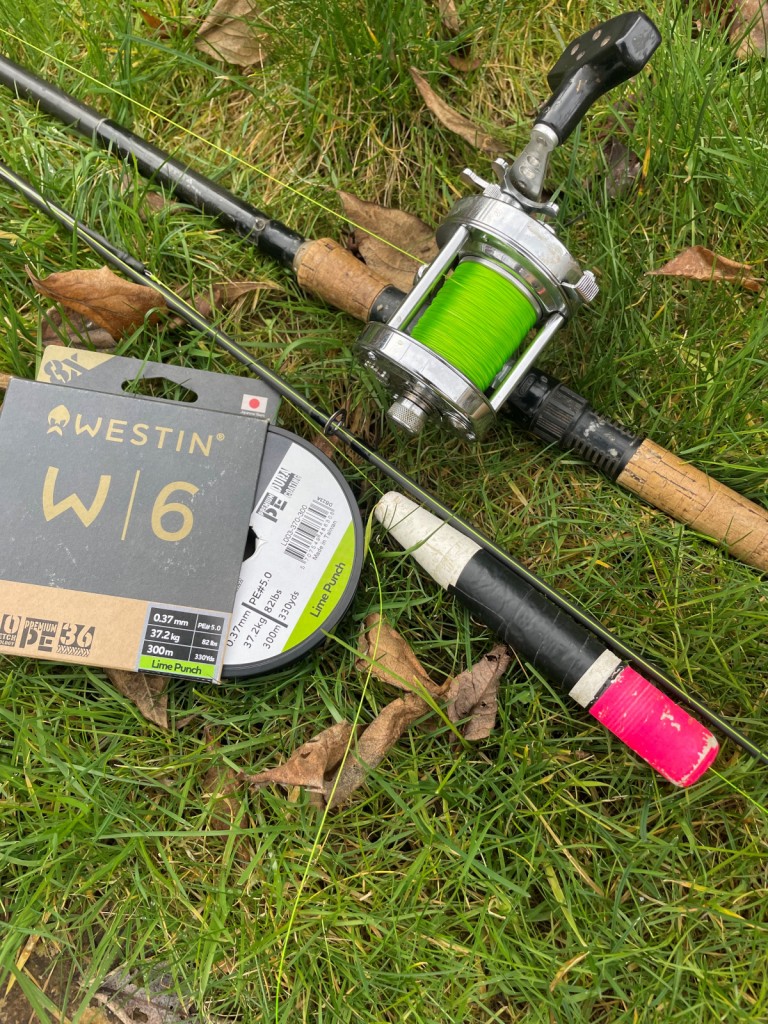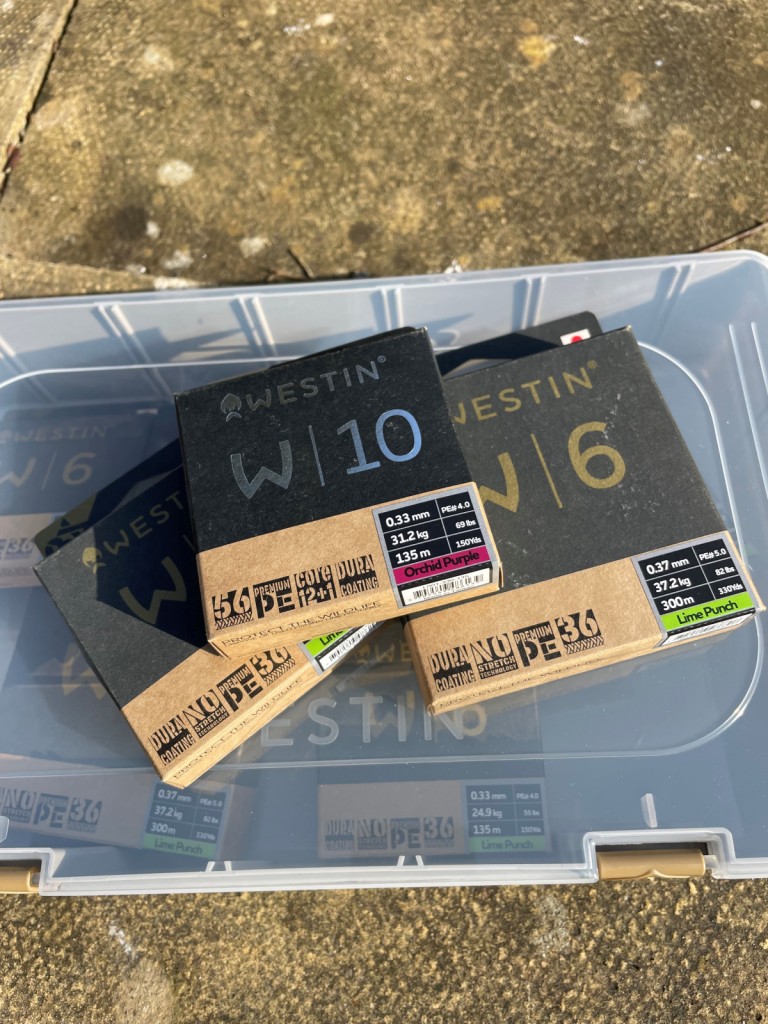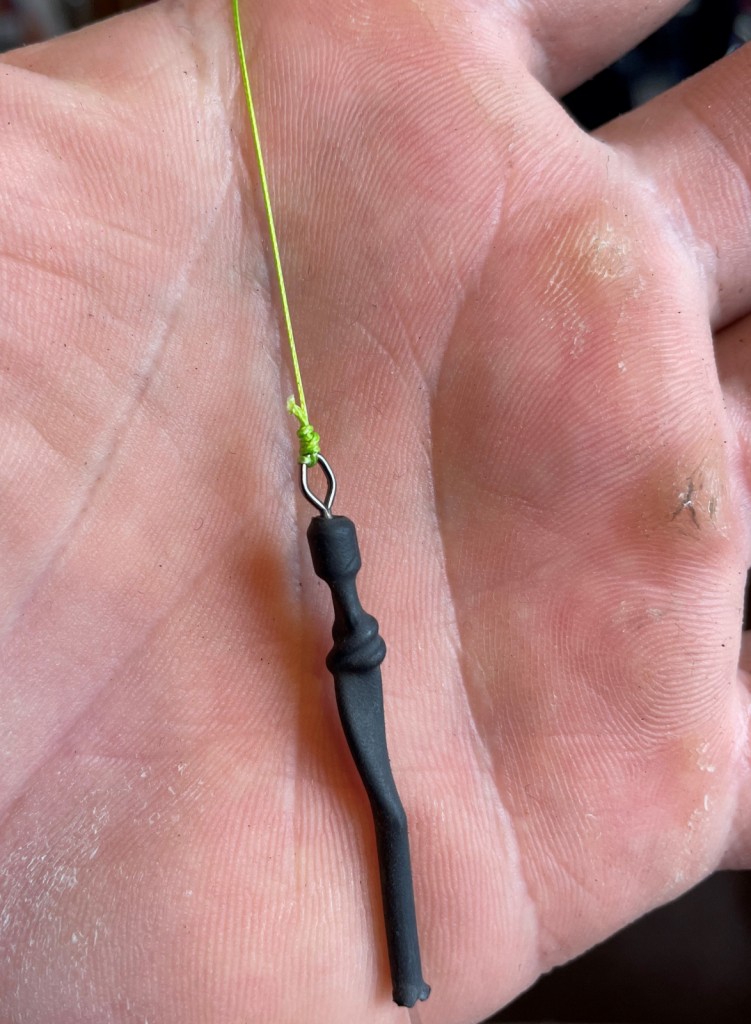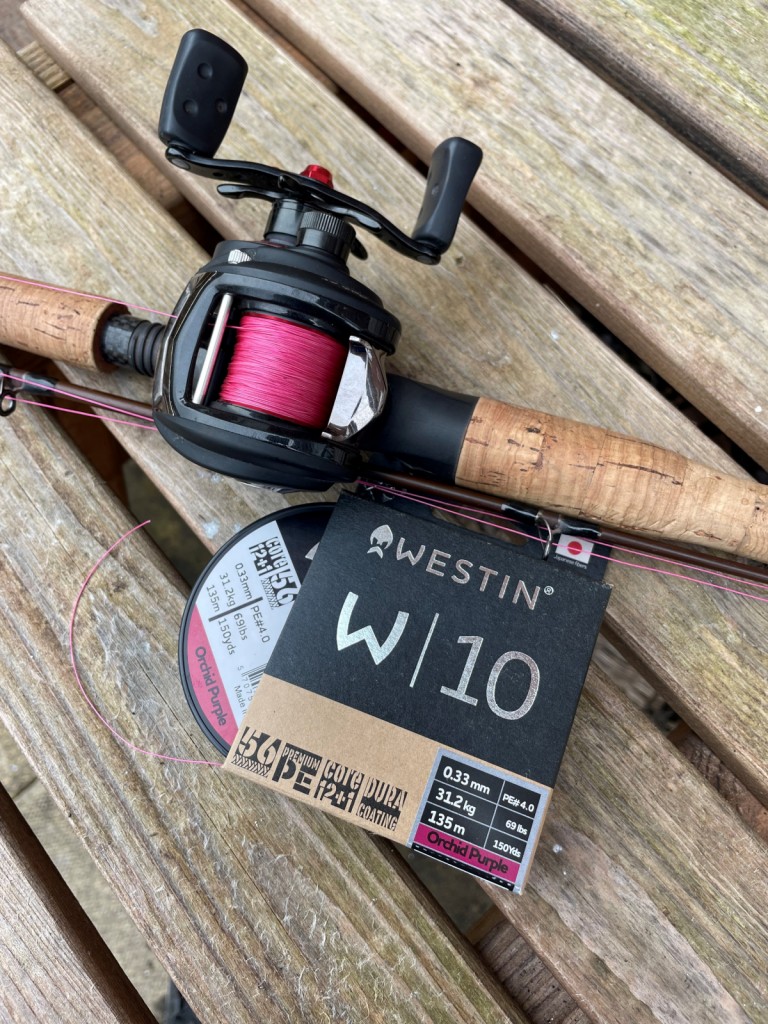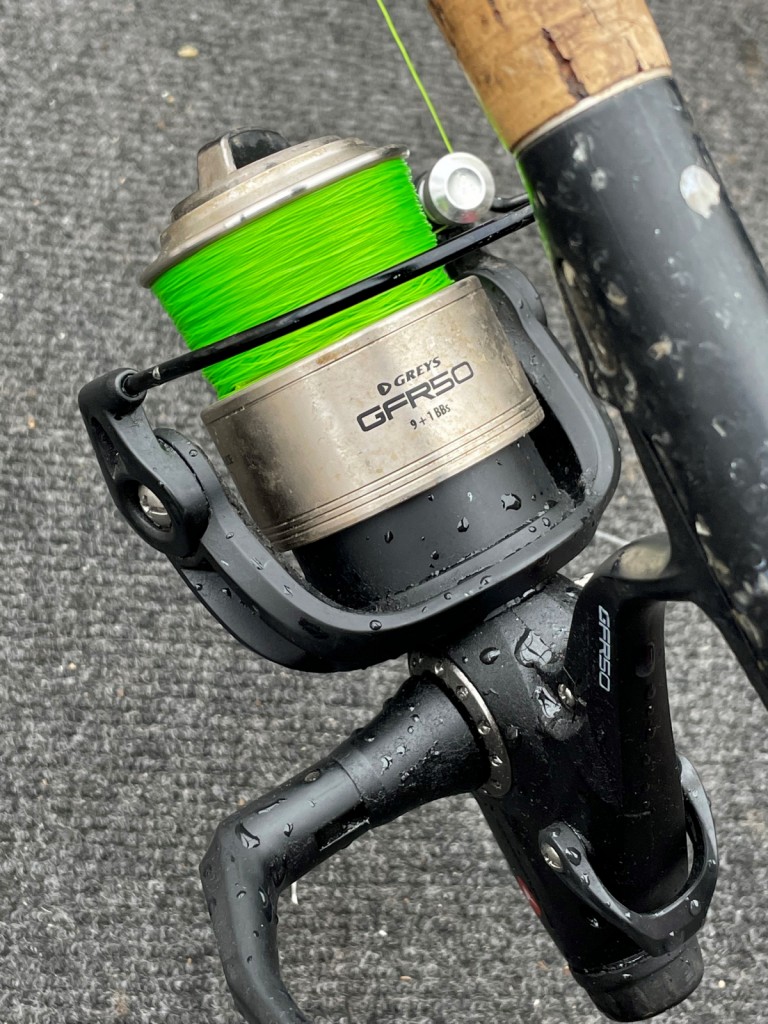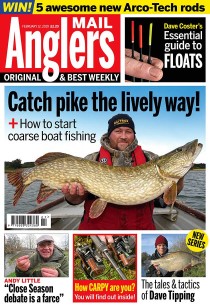What Braid?
What mainline to use for pike and predator fishing is always going to be a personal choice, but most anglers will now ultimately go for some form of braided line, simply, as it offers a lot more befits over monofilament or fluorocarbon for the predator angler.
The two main advantages of braid over mono are, firstly, the lack of stretch, hence better bite indication and hook setting. Secondly, the breaking strain for diameter is far higher, which means no more crack offs or leaving baited traces / lures in the water (mostly).
But what braid to use? What diameter? What breaking strain? What colour? The questions are endless, but let’s go through them;
What colour? As “The Rock” says – It doesn’t matter! Well maybe it does if you care. I’ve caught Pike, Perch and Zander on, let’s see, fluorescent Orange braid, Lime Green, Bright Red, Dark Green, Blue, White and even day-glow Pink! (don’t ask). My conclusion is that its down to personal choice, if your worried about the fish possibly seeing the braid near the bait or lure then use a short length of fluorocarbon before your wire trace. Honestly, I’m with the Rock on this one.
What breaking strain to use? – Well, what breaking strain you use has a direct relation to a) what you are fishing for and b) the diameter of the braid, so we will look at diameter first:
The diameter of the braid has three major implications for the angler to consider. Firstly, the greater the diameter (in most instances) the stronger the braid will be (i.e., breaking strain). Secondly, the greater the diameter the better the abrasion resistance it will have (though this can be subjective). Thirdly, the diameter of the braid will affect how the braid behaves or rather “cuts” through the water – the thicker it is the more prone it will be to drag, and you may need to use heavier leads to hold bottom, or weightier lures to keep them where you need them etc.
This should not always be thought of as a negative though as sometimes it can be useful – for example, a thicker braid, with more drag in the water, will effectively slow a sinking lure down giving it more “hang time” which can be very useful in certain situations. I can also mean a lighter lure will rise in the water column to a greater extent. Again, this might not be a negative thing depending on how you want to fish.
So, as you can see choosing the right braid is quite a complex thing, and it will vary depending on your fishing requirements and location. As a rough guide, I will go though what I use, obviously it will be Westin, but the diameters can be roughly interchangeable with other braids.
For pike bait fishing: I want a strong breaking strain, the diameter doesn’t want to be too thick or too thin as I want good abrasion resistance. Most of my bait fishing is done with floats so I want a floating braid that doesn’t cause too much drag.
For this I use the Westin W6 braid in 0.37 mm diameter, which is 37.2kg or 82lb breaking strain. This may seem a lot. However, remember that that breaking strain is linked to the diameter and it’s the diameter which gives the abrasion resistance I require for some of the rocky places I fish.
For Pike lure fishing I use the Westin W10 braid in 0.33 diameter which is 31.2kg or 69lb breaking strain. This is ideal for general lure casting with shads up to 8 inches and jig heads to around 35g. The reason I use the W10 braid is that it’s a slightly different weave with more fibres making it a smother braid – does this make a difference? Maybe, a smoother braid certainly makes less “noise” or rather vibration in the water, and I like that.
For Zander bait fishing in use the Westin W6 Braid in 0.33 mm diameter which is 24.9kg in breaking strain. I think this is good compromise in diameter and strength for fishing the rivers with a good flow. I can hold in most conditions with 2 – 3 oz leads and a bow of line with this braid so that ticks the boxes for me.
For Zander lure fishing I generally use the same as above on the rivers for casting lures as again it’s a compromise regarding diameter and abrasion resistance when fishing snaggy rivers and flow.
On sill waters, fishing from a boat, I would go a lot lighter, especially if fishing vertically, but that’s a lot more specialised and you need good balanced tackle to do it correctly.
Remember this is just a guide and you might have different requirements to me, but it’s a good to have a think about what you are using as mainline as in some situations it can help put more fish on the bank.
